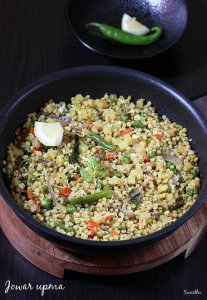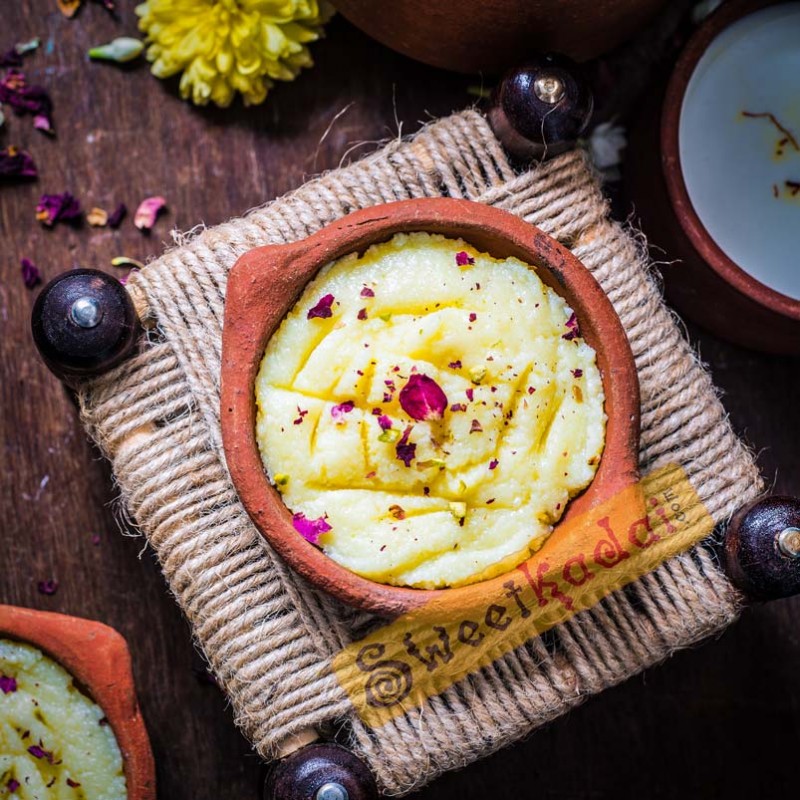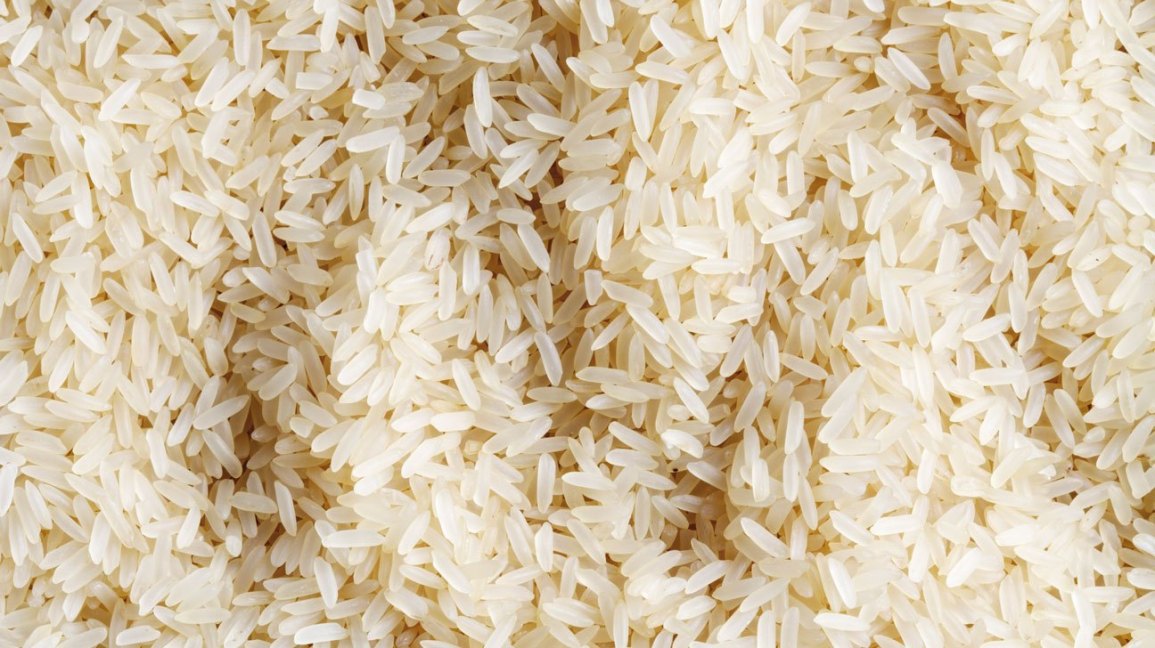Sorghum is the cereal grain coming from genus of flowering plant of grass family. It is an alternative grain for corn, millet etc. It has seeds which vary in shape, size and colour. It also called sorghum bicolor, Indian millet, great millet, shallu.
Most of its varieties are drought and heat tolerant.They are grown in different forms in different countries. It is native of Australia grown as sorghum ampulum, and extends to parts of Africa, Asia, certain islands in Indian ocean and Pacific ocean and Hondurus.
The demand for it increased highly in 2013, when China began to purchase it from USA as a substitute for corn.Till 2015 china purchased around 1 billion worth of American Sorghum per year and extended till April 2018.The China during this time imposed trade relationhip with America as a part of trade between the 2 countries.
Nutritional value –
It is rich in carbohydrate, protein, fat, calcium, small amount of vitamin B, iron, niaci, riboflavin and thiamin.The nutritional content of it as in 100g is given in table below:
| NUTRITION | VALUE |
| Water | 12.4 g |
| Energy | 329 kcal |
| Protein | 10.82 g |
| Carbohydrate | 72.09 g |
| Fiber | 6.7 g |
| Sugars | 2.53 g |
| Calcium | 13 mg |
| Iron | 3.36 mg |
| Phosphorous | 289 mg |
| Sodium | 2 mg |
| Fat | 3.5 g |
| Riboflavin | 0.096 mg |
DIFFERENT FORMS OF SORGHUM:
The sorghum is mostly grown in Africa as ‘sorghum bicolor’ which is its native form. It is basically grown for the purpose of grain, fodder for animals, alcholic beverages and bio-fuels.
In different countries it has different form as: Australia-Sorghum Ampulum, Africa-Sorghum arundinaceum, India-Sorghum controversum, Indonesia-Sorghum Plumosum, Hondurus-Sorghum Trichocladum.
SEED AND CULTIVATION:
It has edible starchy seeds with flowers produced in cluster and are smaller in size than wheat.The flowers are produced in pinnacle from loose to dense and in cluster varying from 800-3000 kernels per cluster.
It is a strong grass which grows to a height of about 2 to 8 feet and some forms has a height of 15 feet too. In its growuing stage it contains Hydrogen Cyanide, hordenine and nitrate.These content may be harmful to the grazing animals, but its final seeds are clean.
HEALTH BENEFITS:
A) Helpful for people with celiac disease and gluten insensitivity: gluten insensitivity can cause abdominal pain and digestive issues, so sorghum provides the helpful nutrients which gluten free diet.
B) Helps to prevent cancer – Sorghum has been reposrted to contain anticarcinogenic and antitumor properties due to presence of anthocyanidins and tanins.
C) Keeps diabetes patient healthy: the presence of tanins helps in absorption of starch thereby keeping the levels of insulin in required range.
D) Strengthen the bones: The presence of magnesium in sorghum makes the absorption of calcium higher thus preventing the bones and joints problems in the body especially in case of osteoporisis.
E) It also boost the energy level of body,increases blood circulation along with promotion of development of RBC in blood.
SORGHUM IN DIET:

Sorghum Salad, jawar roti, sorghum annum or soti, sorghum mudda and upma are some ways in which you can include this millet in your diet. is also used for preapring kanji, porridge, flat-breads and cakes.






